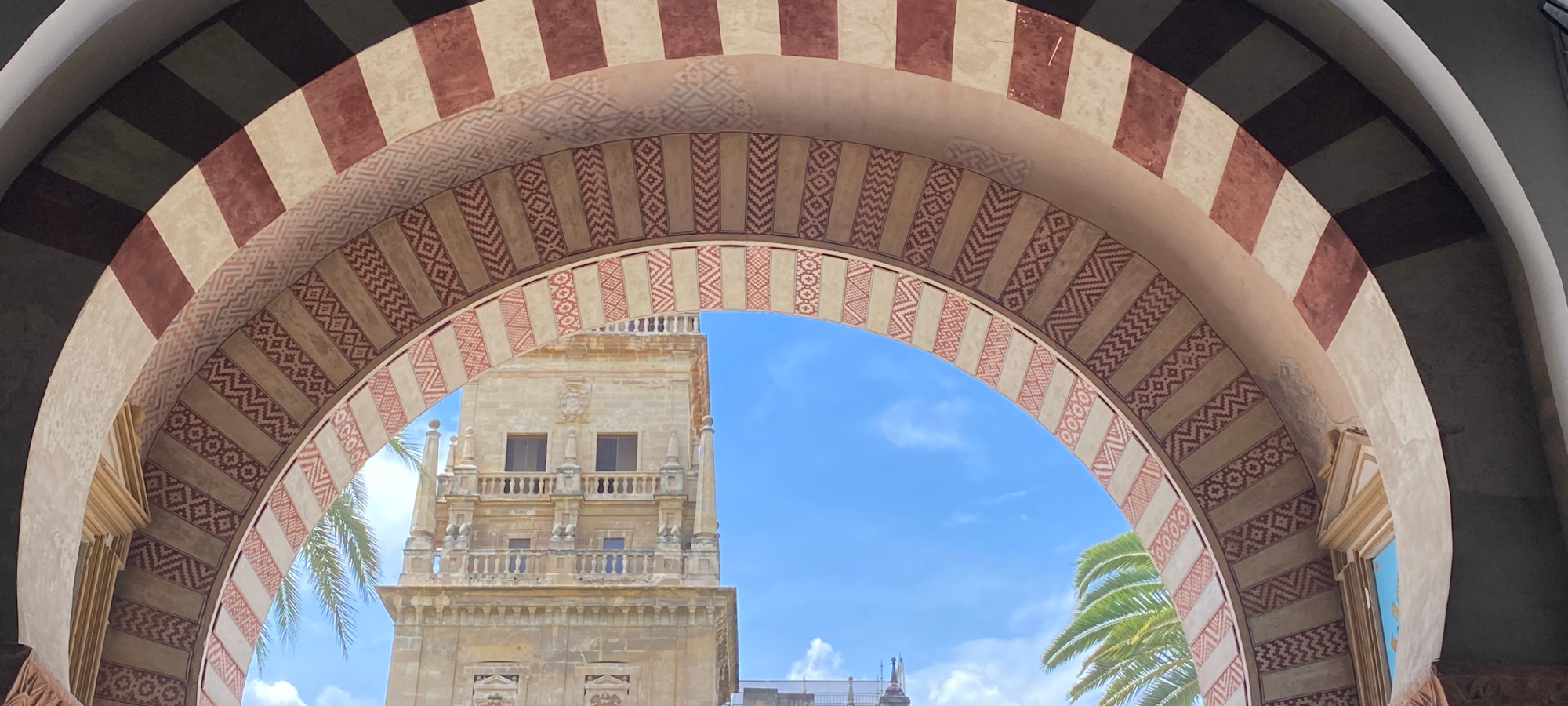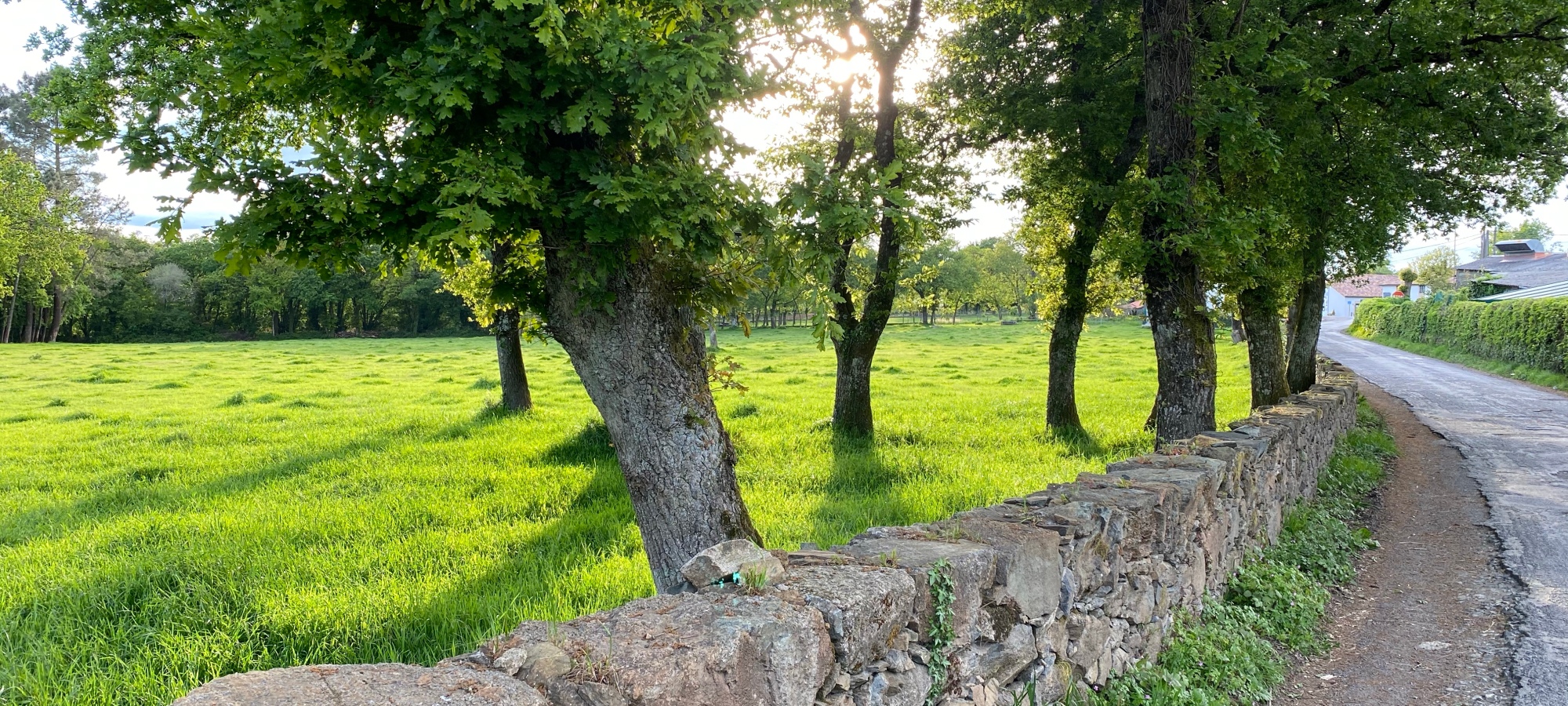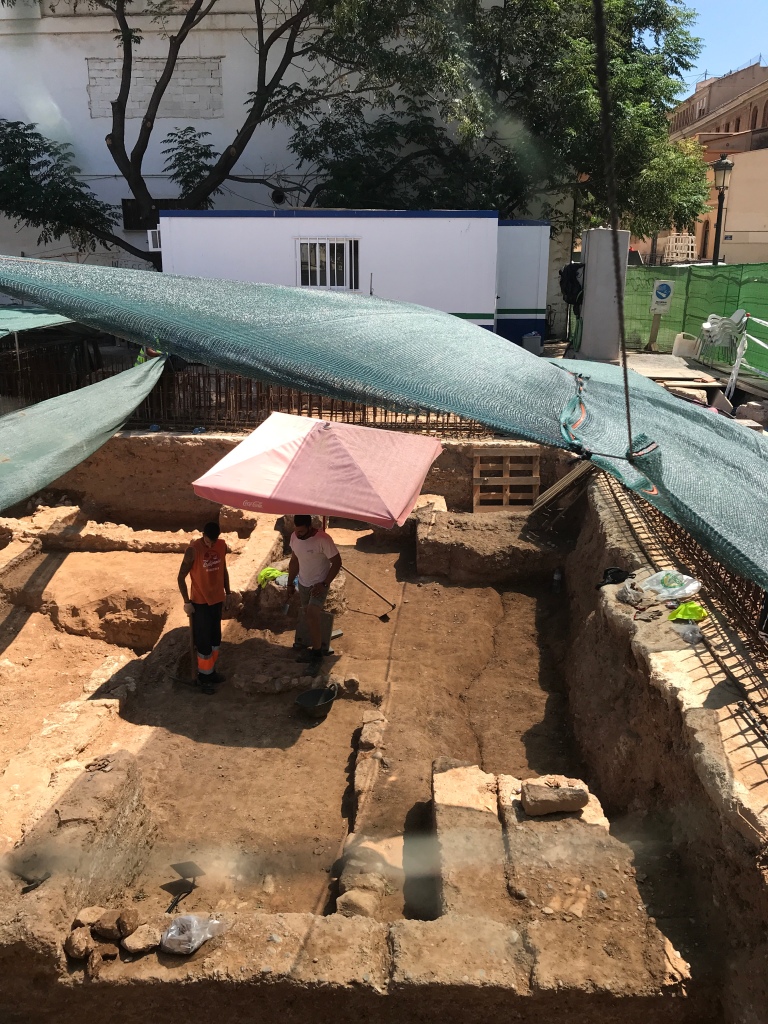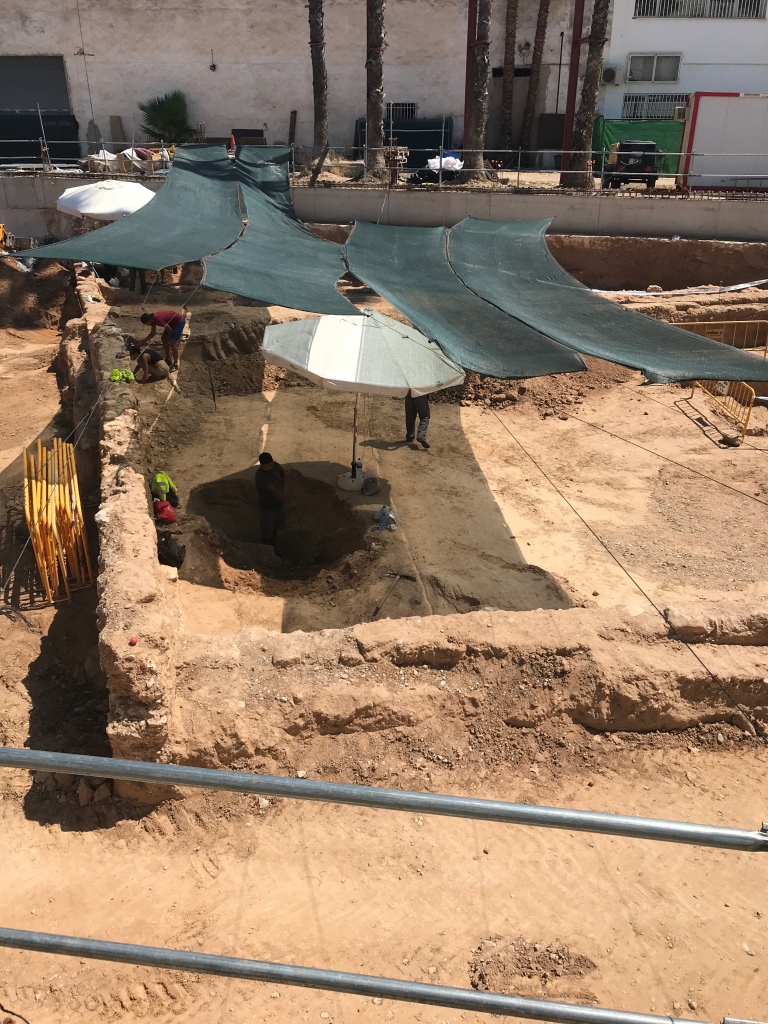The history of Valencia goes back millennia. Layer upon layer the people here have come and gone. They brought their cultures, and when they left many of their customs remained and were absorbed by new arrivals. Ebbs and flows.

It’s easy to see it in the many attractions tourists come to see. The Cathedral in the center of the old city has a necropolis you can visit after descending a set of stairs far below the floor of the modern church. Skulls and bones are on display where they lay and many are still embedded in the walls.
But the wonderful thing I love about this city is that discoveries of the past never stop. And they can be found in unlikely places.
Our Benimachlet isn’t a tourist area. Sure, the Metro Red and Brown lines come up here on the way to Alboraya and Rafelbunyol. But Benimachlet used to be a separate village – much like Alboraya still is today. When you walk through the old part of the area you see it and feel it. Our own square and church. The centuries old homes.
Old mixes with new on our streets that lay 7 blocks north of the Turia. Tourists often come up through the Jardin del Real, and sometimes to the Belle Arts museum to take in our hometown impressionist, Joachin Sorolla. But they don’t bother to go further. And I’m OK with that. There’s no ‘Nothing to see here, folks’ sign telling tourists to go back the other way to the main sites. But that’s the result. However, that may soon change.
During the Great Recession, Spain was hit hard. Harder than most countries in the world. They’ve done a great job of shoring up their banking systems and have turned away from austerity, pumping new money into their social safety net. But the way I generally measure the economy of a city is to look for cranes on the skyline. Building means banks are loaning money and people are buying homes. And businesses are opening. And there are a lot of cranes dotting the Valencian skyline.
One of the vacant lots near us, that had been planned for development before the economic collapse, had started excavating the sub-basement in anticipation of a new parking garage for the businesses and residents of the planned apartment building. The architectural rendering was on the sign and it looked like it would be a nice addition to the neighborhood.
This was good news to us. Things are ticking along in the right direction. But we hadn’t spent much time walking on that block for more than two months since we’ve been away. But what a difference a few months makes. Now the crane is gone, but the fences are still up and you can see shadows of activity. So I looked through a hole in the netting.
WOW! They hit pay dirt. Although I’m not sure the developer or the bank would see it that way. A full fledged archaeological site has sprung up where heavy equipment and a bee hive of hard hats were in early June. University students are sifting through the site and have uncovered walls of old structures and even a stone well is visible.
Jeff took these pictures over the fence for me since I am unable to go in there and he’s a giant. But I can’t wait to learn more about who lived there and when. And to see the artifacts they’ve unearthed. I could have stood there all day, looking through that hole and chatting with another passerby who was taking turns looking through it too. But we were on our way to lunch so I had to pry myself away.
I’ll make updates as we learn more and post more photos. But it’s great fun to live in a place with so much history, and a city and it’s citizens that value it too.










Here in Pontevedra, where I live, every time they dig a hole they find some archaeological remains…
LikeLiked by 1 person
It’s probably true here too. I’m surprised they would hire all that equipment, cranes etc. without a sonar survey. Coming from the West Coast of the US its much, much more rare to find the remains of pre-European settlements. I should pic your brain about how you like Pontevedra. We are going to start a house hunt over there in Oct. and I’ve seen some listings in the Pontevedra area and surrounds. Looks lovely.
LikeLiked by 1 person
I love it here! We can chat privately if you want and we should definitely meet in person when you come this way.
LikeLike
🙏.
LikeLiked by 1 person